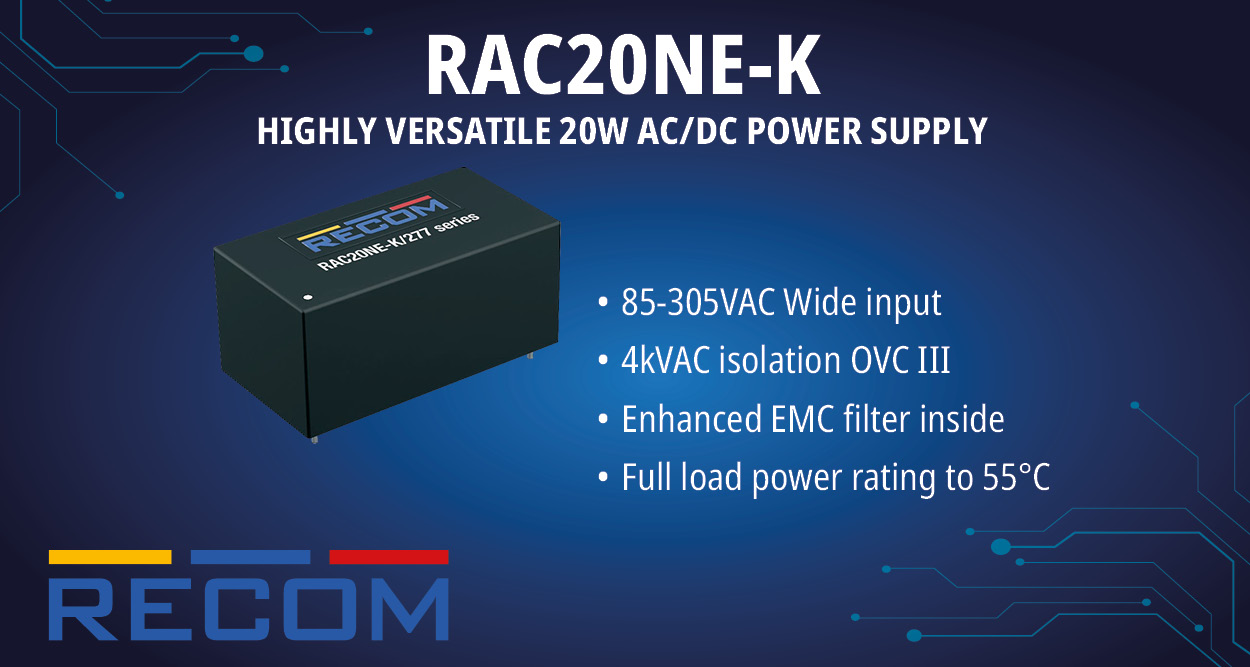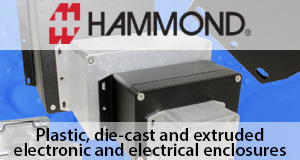The global electric scooters market size reached USD 39.55 billion in 2024 and is projected to cross around USD 321.59 billion by 2034 with a significant CAGR of 23.28% from 2025 to 2034.
The global electric scooters market has been experiencing rapid growth, driven by increasing environmental concerns, urbanization, and the push for sustainable mobility solutions. Governments worldwide are promoting electric vehicles through subsidies and favorable regulations, encouraging both manufacturers and consumers to shift towards eco-friendly alternatives. Electric scooters, known for their compact size, low maintenance costs, and zero emissions, are increasingly popular in urban areas for short commutes. Technological advancements such as improved battery life, fast-charging capabilities, and smartphone connectivity have further boosted their appeal. The rise of ride-sharing platforms and micro-mobility services has also contributed to the market’s expansion.
Electric Scooters Market Key Highlights
- Asia Pacific dominated the global market with the largest market share of 71.88% in 2024.
- North America electric scooters market is anticipated to grow at a registered CAGR of 23.92% from 2025 to 2034.
- By product, the retro segment has captured the biggest market share of 50.79% in 2024.
- The folding variant product segment is anticipated to reach at a CAGR of 25.52% from 2025 to 2034.
- By battery type, the sealed lead-acid battery segment has garnered 49% market share in 2024.
- By battery type, the lithium-ion battery segment is anticipated to hit a CAGR of 25.20% from 2025 to 2034.
- By voltage, the 36V segment has accounted highest market share of 60.98% in 2024.
- By voltage, the greater than 48V segment is anticipated to grow at a CAGR of 24.60% from 2025 to 2034.
Impact of AI in Electric Scooters Market
AI is transforming the electric scooter market by enhancing operational efficiency, optimizing fleet management, and improving user experience. Businesses leverage AI for predictive maintenance, real-time data analysis, and smart navigation, reducing downtime and operational costs. AI-driven insights also help optimize scooter deployment, ensuring availability in high-demand areas, which boosts profitability and customer satisfaction. As urban mobility evolves, integrating AI offers a competitive edge through smarter, more sustainable solutions.
Regional Insights
Asia-Pacific: The Powerhouse of Electric Mobility
Asia-Pacific is the undisputed leader in the electric scooter market, holding a staggering 71.88% share, valued at 80.32 billion USD. China dominates the regional market with 62.06%, primarily driven by mass production, affordability, and government subsidies for electric vehicles. The country’s focus on “zero-emission zones” in urban areas has accelerated scooter adoption.
India (21.05%) is rapidly emerging as a key player, driven by the need for affordable urban transport and growing environmental awareness. Brands like Ola Electric and Ather Energy are pioneering the market with innovative and cost-effective solutions. Japan (7.86%) has a more niche market, focusing on compact and foldable electric scooters suitable for congested urban areas. The rest of Asia-Pacific (9.03%) shows steady growth, with countries like Vietnam and Thailand exploring scooters as a solution to traffic congestion.
- Chinese cities are piloting AI-based scooter management systems that can automatically relocate scooters to high-demand areas, minimizing clutter and maximizing availability?
North America: A Tech-Driven Mobility Revolution
North America holds an 8.64% share of the global electric scooter market, valued at approximately 9.35 billion USD. The region’s market expansion is fueled by the increasing adoption of electric scooters as an urban mobility solution, particularly in major cities like New York, Los Angeles, and San Francisco. The United States alone captures 60.04% of the North American market, driven by the rise of e-scooter sharing platforms like Bird, Lime, and Spin.
Interestingly, the U.S. market is not just about personal ownership but also a thriving rental economy, where scooters can be unlocked via mobile apps and left at designated spots. The rest of North America (39.96%), including Canada and Mexico, is catching up with government initiatives to develop charging stations and promote electric mobility. However, safety regulations, including helmet mandates and insurance requirements, continue to be debated among policymakers.
- Some cities in the U.S. are experimenting with solar-powered scooter charging docks to further reduce carbon footprints and promote eco-friendly transportation.
Europe: A Sophisticated Blend of Policy and Mobility
Europe contributes 15.73% of the global electric scooter market, valued at approximately 37.29 billion USD. The region’s growth is largely driven by urban micro-mobility strategies aimed at reducing vehicle congestion and emissions. Among European countries, Germany leads the market with 29.14%, owing to its strong engineering sector and focus on innovation. The UK (27.99%) follows closely, benefiting from the integration of scooters into public transport networks. France accounts for 18.62%, emphasizing electric mobility as part of its Green Mobility Plan.
The rest of Europe (24.24%) also shows impressive growth, with cities like Amsterdam and Copenhagen incorporating electric scooters as part of their “smart city” initiatives. However, regulatory challenges, such as speed limits and insurance requirements, continue to shape the adoption pace.
- Paris recently held a referendum on electric scooters, leading to stricter regulations and a more organized approach to shared scooter services, reflecting the city’s commitment to both innovation and safety.
Rest of the World (RoW): Exploring New Horizons
The Rest of the World (RoW), including the Middle East, Africa, and South America, accounts for 3.74% of the global market, valued at 9.63 billion USD. Despite being a smaller segment, this region is witnessing growing interest as governments focus on reducing pollution in urban centers. Cities like Dubai are launching dedicated scooter lanes, while South American countries like Brazil are looking to electric scooters as solutions for congested city cores.
One of the challenges in these regions is the high cost of imported scooters, prompting local startups to explore low-cost manufacturing and battery-swapping models. Additionally, cultural acceptance of two-wheelers as primary transport varies, impacting adoption rates.
Electric Scooters Market Segmentation
Product Type Analysis
Electric scooters come in various types, with standing/self-balancing, retro, and folding scooters being the most prominent categories. Standing or self-balancing electric scooters are compact, lightweight, and primarily used for short-distance commuting, especially in urban areas. These scooters are gaining popularity as micromobility solutions for last-mile connectivity, although safety concerns and regulatory restrictions in some cities remain a challenge. Retro electric scooters, on the other hand, blend the classic scooter design with modern electric propulsion, appealing to consumers who value both nostalgia and sustainability. They are becoming increasingly popular as eco-friendly alternatives to conventional two-wheelers. Folding electric scooters are specifically designed for urban commuters who value portability. These scooters are easy to store and transport, making them highly convenient for daily office or campus use, although they typically offer limited range and speed compared to other types.
Electric Scooters Revenue, By Product, 2022-2024 (USD Million)
| Product | 2022 | 2023 | 2024 |
| Standing/Self-Balancing | 8,817.32 | 10,862.95 | 12,955.07 |
| Retro | 13,254.04 | 16,151.36 | 20,088.80 |
| Folding | 4,031.65 | 5,069.04 | 6,506.64 |
Battery Type Analysis
Battery technology is a crucial factor in determining the performance and cost of electric scooters. The most common battery types are Nickel-Metal Hydride (NiMH), Sealed Lead Acid (SLA), and Lithium-Ion (Li-ion). NiMH batteries offer a longer lifecycle compared to lead-acid batteries and are relatively more environmentally friendly. However, they are more expensive and are gradually being phased out as Li-ion technology becomes more cost-effective. SLA batteries, once popular for their low cost, are increasingly being replaced due to their heavy weight, shorter lifespan, and lower efficiency. Lithium-Ion batteries are now the dominant choice in the electric scooter market because they provide high energy density, fast charging capabilities, lightweight design, and long life. Despite their higher upfront cost, Li-ion batteries are more economical in the long run due to lower maintenance and better performance.
Electric Scooters Revenue, By Battery Type, 2022-2024 (USD Million)
| Battery Type | 2022 | 2023 | 2024 |
| Sealed Lead Acid | 13,304.71 | 16,038.47 | 19,379.75 |
| NiMH | 1,584.75 | 1,981.27 | 2,484.41 |
| Li-Ion | 11,213.56 | 14,063.62 | 17,686.35 |
Voltage Type Analysis
Electric scooters can also be categorized based on voltage, which directly influences power output and speed. Low-voltage scooters (24V) are typically entry-level models designed for short commutes or recreational use, particularly appealing to younger users. Medium voltage scooters (36V) strike a balance between performance and affordability, making them suitable for regular urban commuting. Higher voltage models (48V) offer increased power and speed, allowing for more extended travel and better hill-climbing abilities, making them popular among adults who require reliable daily transport. Scooters with a voltage rating greater than 48V cater to high-performance needs, often used in rugged terrains or by enthusiasts who prioritize speed and endurance. Although they represent a niche market, they are gaining attention among adventure seekers and premium consumers.
Electric Scooters Revenue, By Voltage Type, 2022-2024 (USD Million)
| Voltage Type | 2022 | 2023 | 2024 |
| 24 V | 3,787.29 | 4,592.74 | 5,586.18 |
| 36 V | 16,068.62 | 19,657.68 | 24,119.55 |
| 48 V | 4,459.19 | 5,602.28 | 7,058.71 |
| Greater than 48 V | 1,787.92 | 2,230.65 | 2,786.07 |
Electric Scooters Market Top Companies
- Gogoro Inc.
- AllCell Technologies LLC
- BMW Motorrad International
- BOXX Corp.
- Green Energy Motors Corp.
- Honda Motor Co. Ltd.
- Greenwit Technologies Inc.
- Jiangsu Xinri E-Vehicle Co., Ltd.
- Mahindra GenZe
- KTM AG
- Peugeot Scooters
- Terra Motors Corporation
Immediate Delivery Available | Buy This Premium Research Report@ https://www.precedenceresearch.com/checkout/1271
















